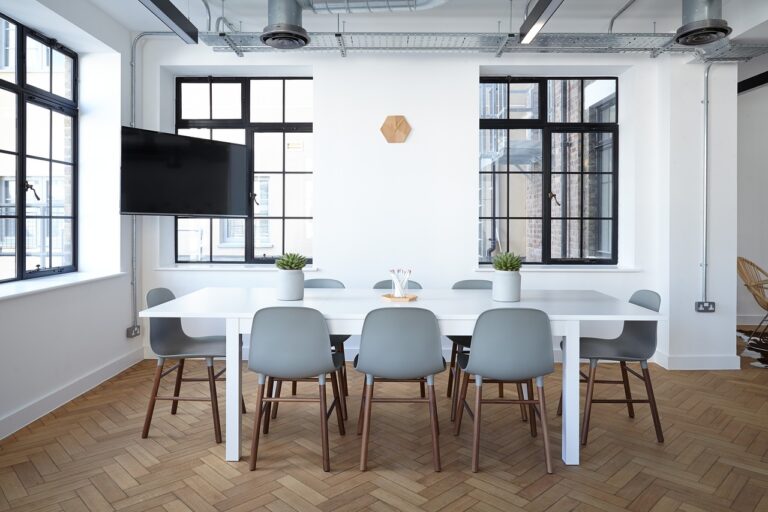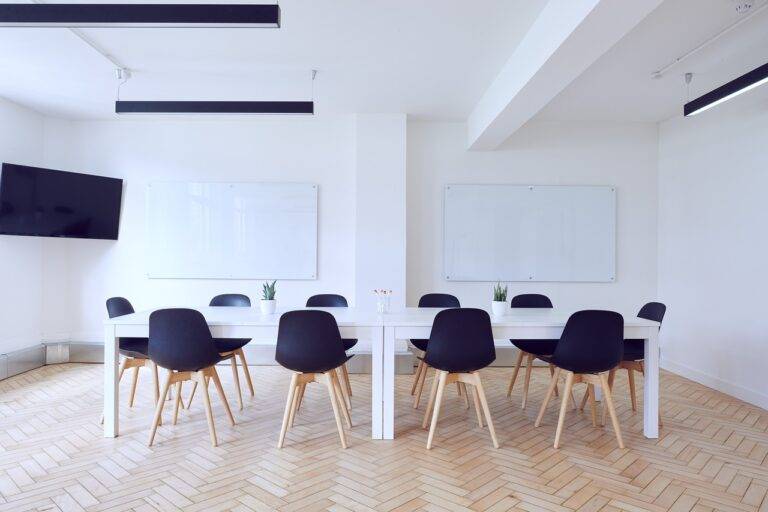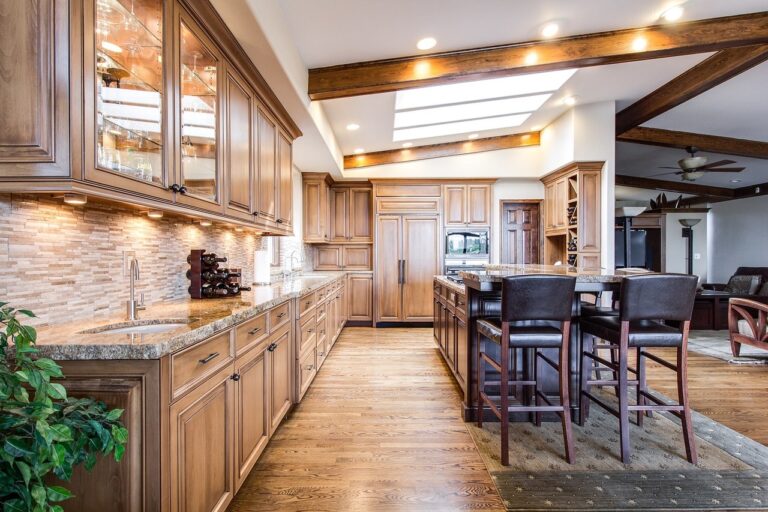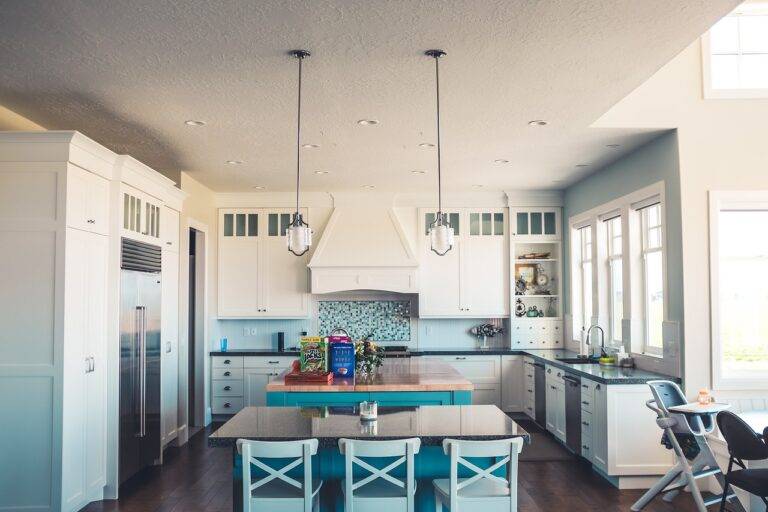How to Create an Open Concept Floor Plan
allpaanel exchange, lotus365, laserbook247 id:Designing a home with an open concept floor plan is a popular trend that can make your space feel larger and more welcoming. By removing walls and barriers between rooms, you can create a seamless flow that is perfect for entertaining and everyday living. If you’re considering creating an open concept floor plan in your home, here are some tips to help you get started.
Consider the Layout of Your Space
Before you start knocking down walls, take a close look at the layout of your space. Consider how each room is used and how they relate to one another. Think about how you want to move through the space and how you want to use each area. This will help you determine which walls can be removed and which should stay in place.
Plan for Functionality
When designing an open concept floor plan, it’s important to think about functionality. Consider how you will use each space and how they will work together. For example, if you’re combining your kitchen and living area, make sure there is a clear path for traffic flow and that both areas have easy access to each other.
Maximize Natural Light
One of the benefits of an open concept floor plan is that it can help maximize natural light in your home. By removing walls, you can allow light to flow more freely throughout the space, creating a bright and airy feel. Consider adding large windows or even skylights to further enhance the natural light in your home.
Create Zones
Even though an open concept floor plan removes physical barriers between rooms, it’s still important to create distinct zones within the space. Consider using furniture, rugs, and lighting to define different areas for cooking, dining, and relaxing. This can help give each space its own identity while still maintaining the open feel of the floor plan.
Choose the Right Flooring
When designing an open concept floor plan, it’s important to choose the right flooring to help tie the space together. Consider using the same flooring throughout to create a seamless flow from room to room. Hardwood floors, tile, or laminate are all great options for open concept spaces.
Add Architectural Elements
To help define different areas within an open concept floor plan, consider adding architectural elements such as columns, beams, or half walls. These can help create a sense of separation between spaces without blocking the flow of light and air throughout the space.
Consider Sound Control
One thing to keep in mind when designing an open concept floor plan is sound control. Without walls to absorb sound, noise can travel more freely throughout the space. Consider adding rugs, curtains, or acoustic panels to help absorb sound and prevent it from echoing.
Incorporate Storage Solutions
With an open concept floor plan, it’s important to incorporate plenty of storage solutions to help keep your space organized and clutter-free. Consider built-in shelving, cabinets, or even a room divider with storage to help maximize your space.
FAQs
Q: What are the benefits of an open concept floor plan?
A: An open concept floor plan can help maximize natural light, create a seamless flow between rooms, and make your space feel larger and more welcoming.
Q: How can I create distinct zones within an open concept floor plan?
A: You can use furniture, rugs, and lighting to define different areas for cooking, dining, and relaxing within an open concept floor plan.
Q: How can I control noise in an open concept floor plan?
A: To control noise in an open concept floor plan, consider adding rugs, curtains, or acoustic panels to help absorb sound and prevent it from echoing.
Q: What flooring is best for an open concept floor plan?
A: Hardwood floors, tile, or laminate are all great options for open concept spaces as they can help create a seamless flow from room to room.
In conclusion, creating an open concept floor plan can help you maximize space, natural light, and functionality in your home. By carefully planning the layout, considering functionality, maximizing natural light, creating distinct zones, choosing the right flooring, adding architectural elements, considering sound control, and incorporating storage solutions, you can create a beautiful and welcoming space that is perfect for modern living.






